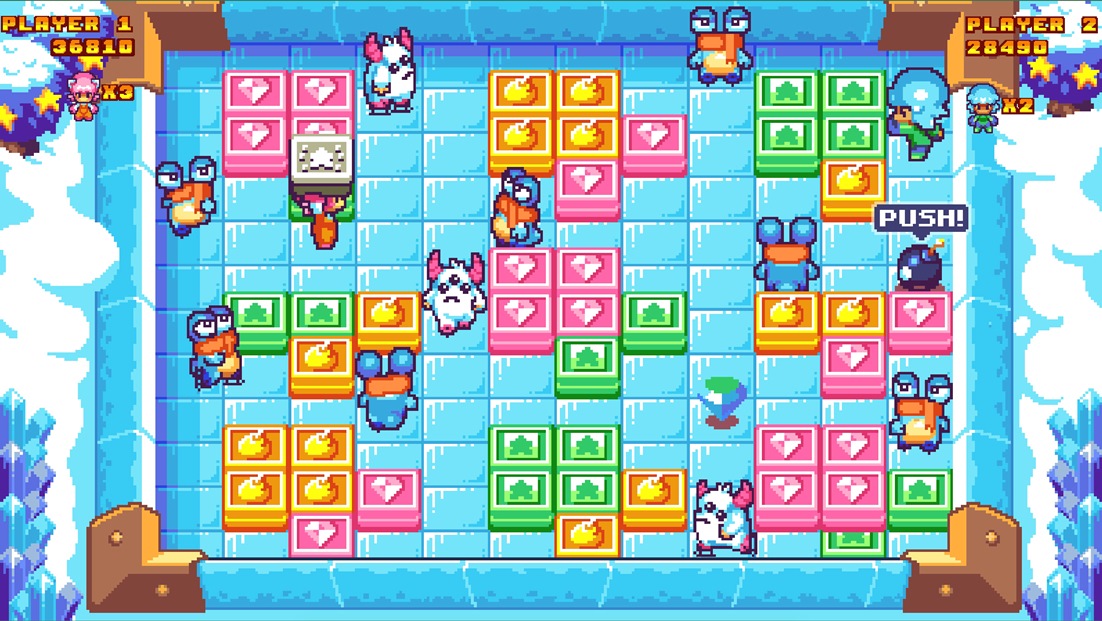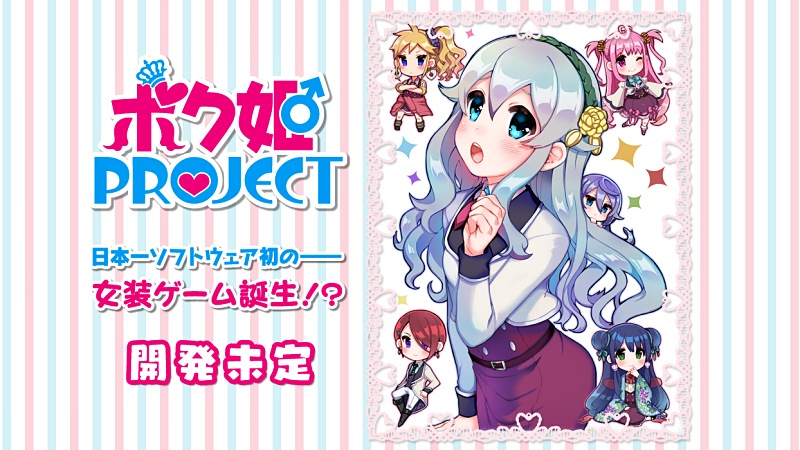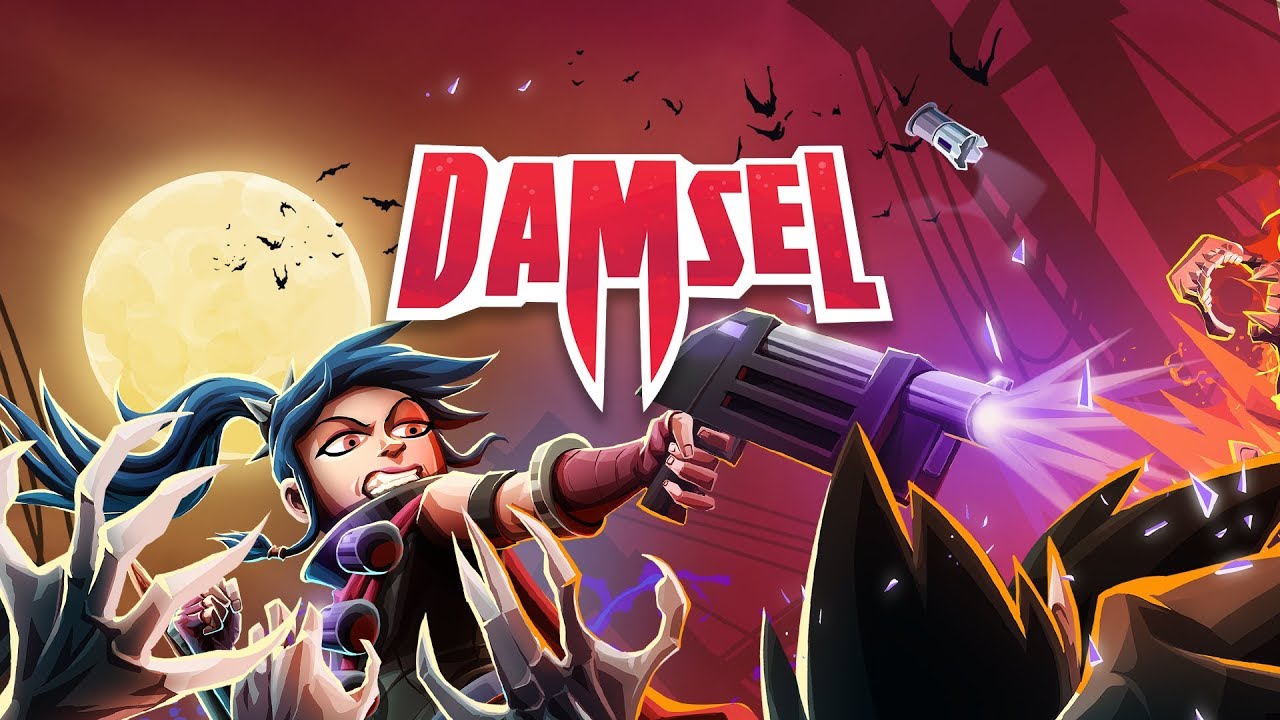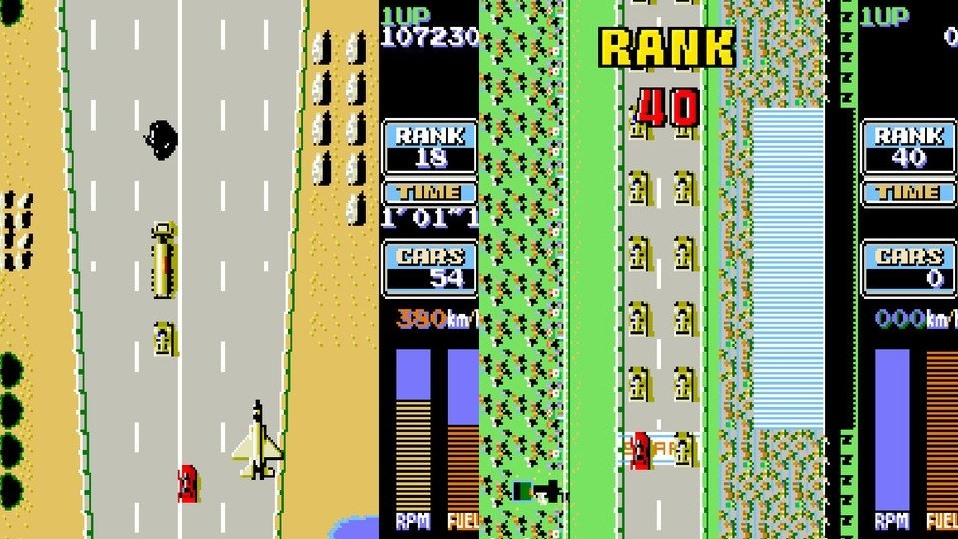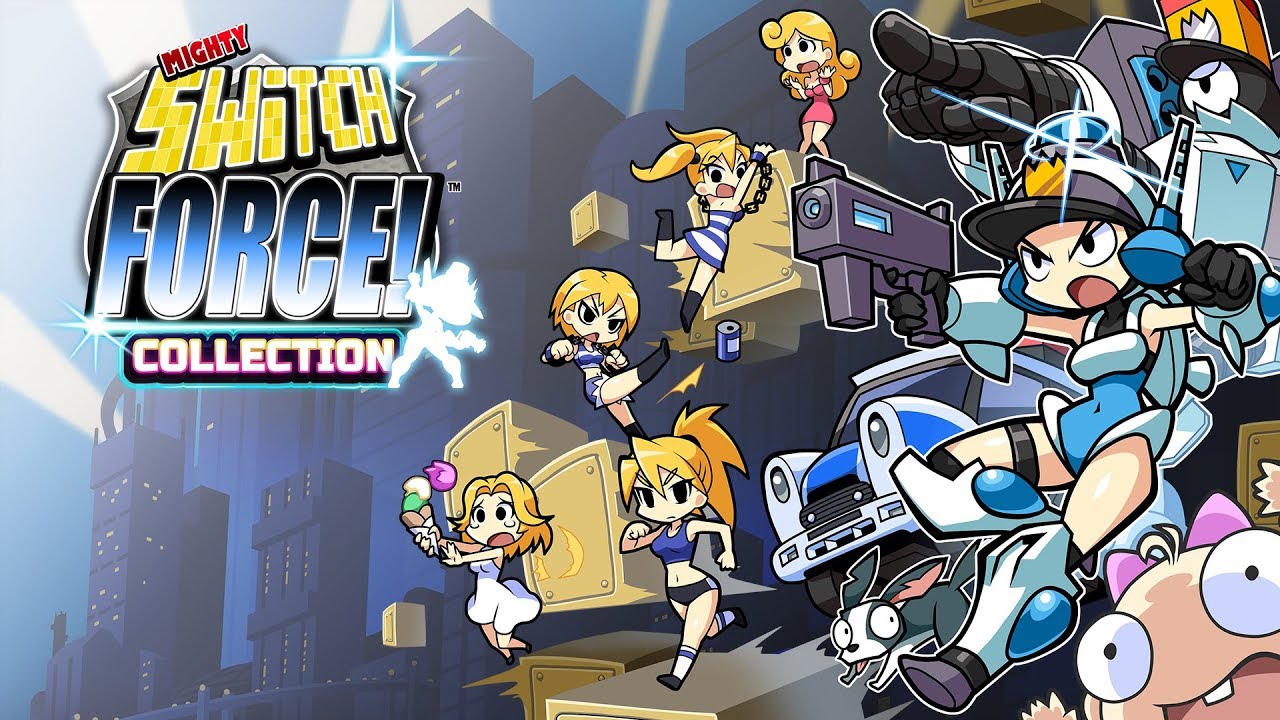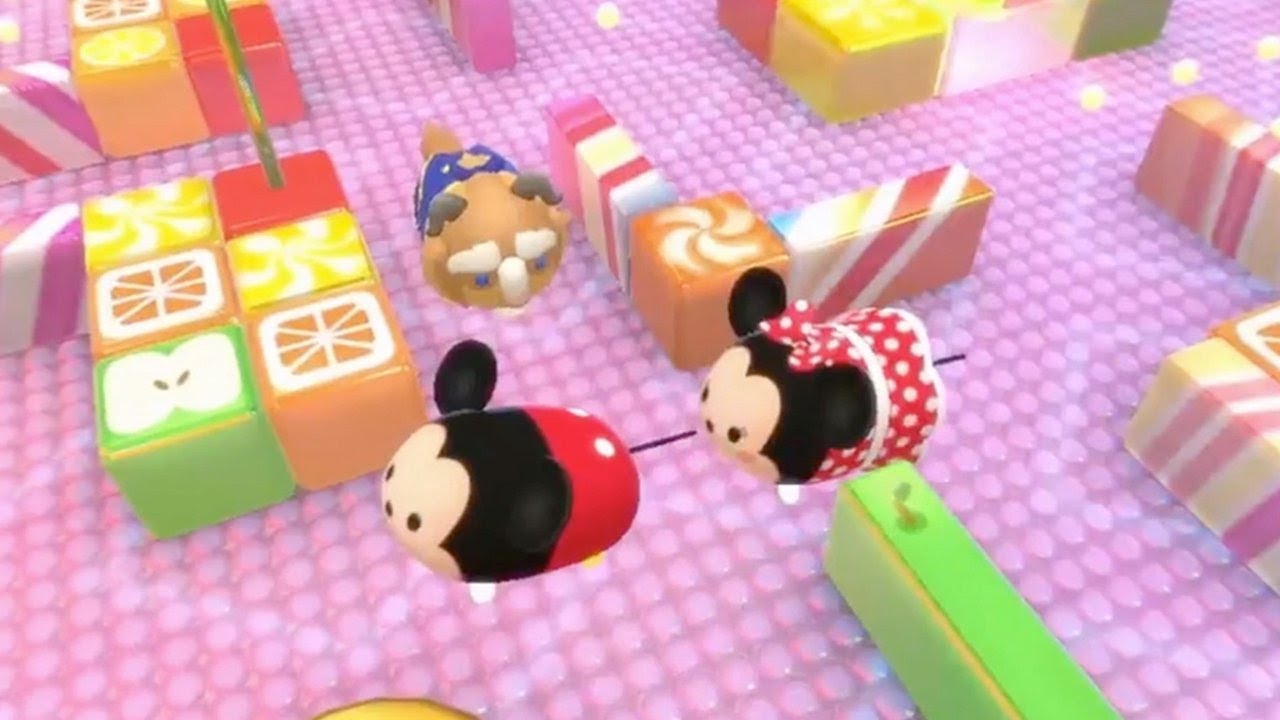Resistance Studio has announced Pushy and Pully in Blockland, “a cooperative arcade game about two girls that fall into a strange planet, Blockland, when their spaceship breaks.” It’ll be out on Switch in February 2020.
Here’s an overview:
Disgaea developer Nippon Ichi Software has a new game in the works, and it’s coming to Switch. Titled Bokuhime Project, this is said to be the company’s first cross-dressing game.
Bokuhime Project was first introduced in July 2017 when Nippon Ichi wanted to see if fans would support a cross-dressing game. To gauge feedback, a Twitter account was opened. After it surpassed 10,000 followers, NIS seems to have gone ahead with the project.
SEGA has sent out a few new videos for Tokyo 2020 Olympics: The Official Game. Find the game’s opening movie below, along with some commercials.
Screwtape Studios today announced that Damsel, its vampire slaying arcade game, will be released on Switch. The game will be available starting August 7.
Here’s an overview of Damsel, along with a trailer:
Over in Fire Emblem Heroes, Bound Hero Battle: Klein & Clarine has returned in Special Maps. Klein: Silver Nobleman and Clarine: Refined Noble can be found from Fire Emblem: The Binding Blade.
In other news, a new Grand Conquests event starts on July 26. A three-army battle between Edelgard, Dimitri, and Claude will be hosted, which features the continent of Fódlan from Fire Emblem: Three Houses. Pre-registration is now open under Tap Events and then Grand Conquests.
Hamster is bringing Arcade Archives Road Fighter to Switch this week, the company has announced. A worldwide release is planned for July 25.
Road Fighter is a racing game originally released in 1984 by Konami. On Switch, Tate Mode will be supported.
Arcade Archives Road Fighter will cost $7.99 / €6.99 / £6.29 on the Switch eShop.
Source: Hamster PR
In light of news over the past few months that Nintendo and Tencent would be working together to bring the Switch to China, a joint press conference has been set for August 2nd in Shanghai, China.
It has been confirmed that discussion of the release of the console in China will be the focus. Recently, Tencent had started opening new Nintendo-related social media accounts.
Nintendo and Tencent announce a joint press conference on August 2 in Shanghai to speak about the Switch launch in China.
Things were heating up in the last days already, with Tencent opening official, Switch-related social media accounts, for example. https://t.co/QYFANGvdzz
— Dr. Serkan Toto / Kantan Games Inc. (@serkantoto) July 24, 2019
YouTube channel Nintendo Hall is back again with a full 20 minutes of gameplay footage for the Mighty Switch Force! Collection on Switch.
Those interested can view the video below.
A new Julia’s Palace Cookie is set to go live in Animal Crossing: Pocket Camp tomorrow, July 25th.
Nintendo has published a new video for the Cookie below.
The latest issue of Famitsu out of Japan has confirmed that Disney Tsum Tsum Festival will launch for Switch in Japan on October 10th.
In addition, worldwide online multiplayer has been confirmed.
